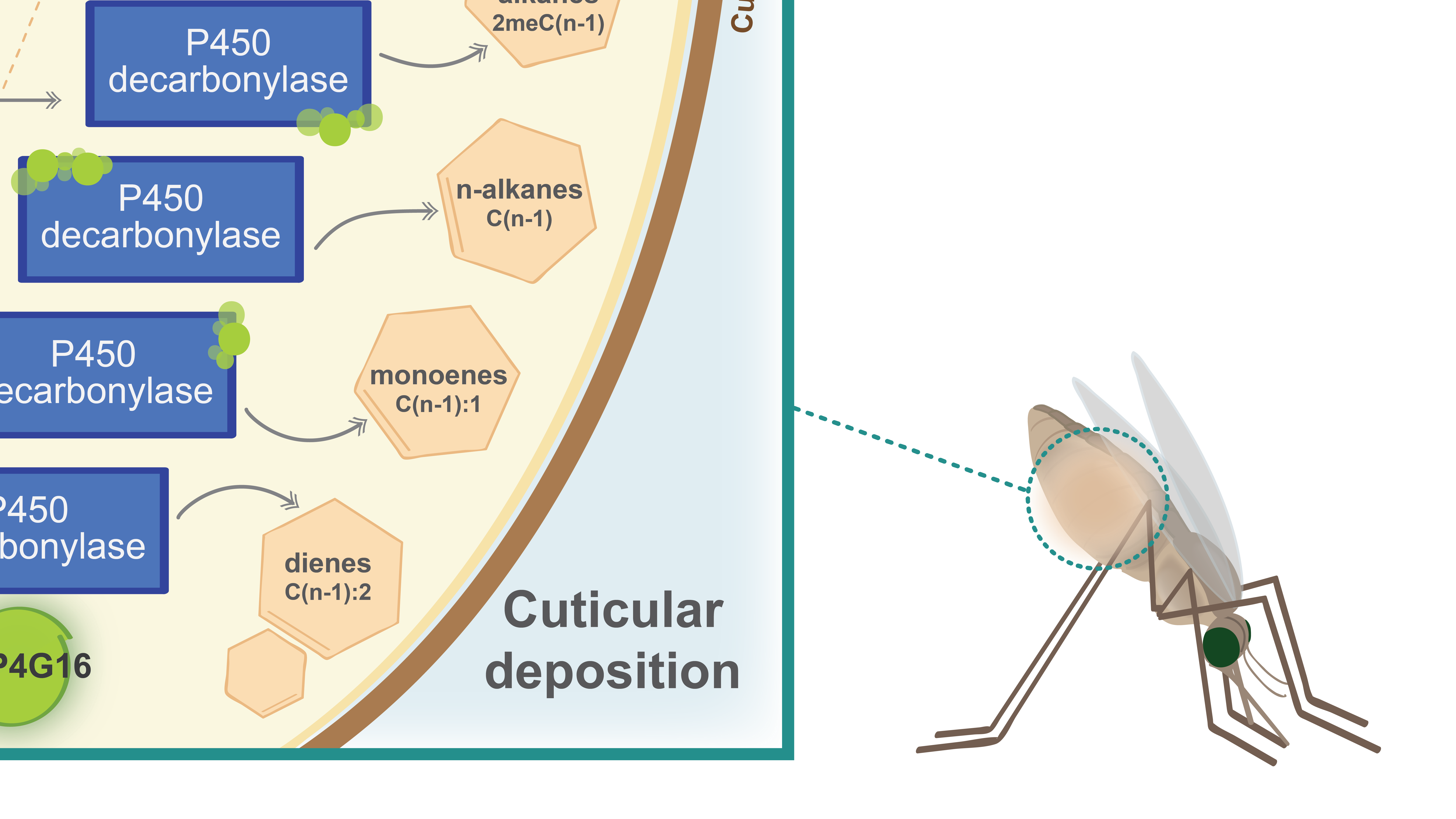
Researchers at LSTM have used a bioinformatics approach to integrate information from multiple studies on insecticide resistance in mosquitoes and uncovered a number of important resistance mechanisms that had not previously been recognised.
In a study published in Nature Communications, Dr Victoria Ingham and colleagues have utilised specialist computer programming to better understand the mechanisms by which mosquitoes become resistant to current public health insecticides. She said: “It is really important in the fight against malaria and other vector borne diseases that we are able to fully understand how insecticide resistance emerges in mosquito populations. There has been extensive work carried out on particular gene families in the past which are thought to be key to resistance, however using a data integration method we have shown that there are a number of additional mechanisms at play which we believe are important in the clearance of insecticides.”
Insecticide resistance is a major threat to global public health, reducing the efficacy of vector control efforts which currently rely heavily on insecticides for use on bed nets and in indoor residual or aerial spraying applications. Resistance is widespread in major disease vectors including the vector responsible for the transmission of the malaria parasite, the Anopheles mosquito.
Understanding the causes of this resistance is critical for developing resistance management strategies and to inform the development of new insecticides. The current study compared patterns of gene expression from 31 datasets collected from resistant and susceptible Anopheles populations across Sub-Saharan Africa over a five-year period to identify patterns and offer insight into the mechanisms of insecticide resistance
LSTM Professor Hilary Ranson is senior author on the paper. She said: “The majority of the large-scale reductions in malaria deaths over the last few decades are the result of insecticide use. Increases in insecticide resistance poses a credible threat to these essential tools are. This paper illustrates that mosquitoes have developed multiple approaches to defend against insecticides; this knowledge is key to developing strategies to tackle resistance”
The data used in the paper have been brought together and are available in a new web-based application hosted at LSTM. Called IR-TEx (Insecticide Resistance Transcript Explorer), the app is free to access and can be used by other researchers and policy makes to better inform them about resistance mechanisms at work across different locations in sub-Saharan Africa. Designed by Dr Ingham, the app presents the data in a more accessible format, which is easier to use for those not versed in programming. She said: “We were always determined that the work be completely open for others to use to address their own research questions. It is fully searchable by mosquito species, country and insecticide class and is downloadable. It is user friendly and accessible for those in field-based situations.”
You can learn more about the application and how to use and access it here.
Ingham, V. A.Wagstaff, S.Ranson, H.
2018/12/11
Transcriptomic meta-signatures identified in Anopheles gambiae populations reveal previously undetected insecticide resistance mechanisms
Nature Communications
5282 9 1
https://doi.org/10.1038/s41467-018-07615-x